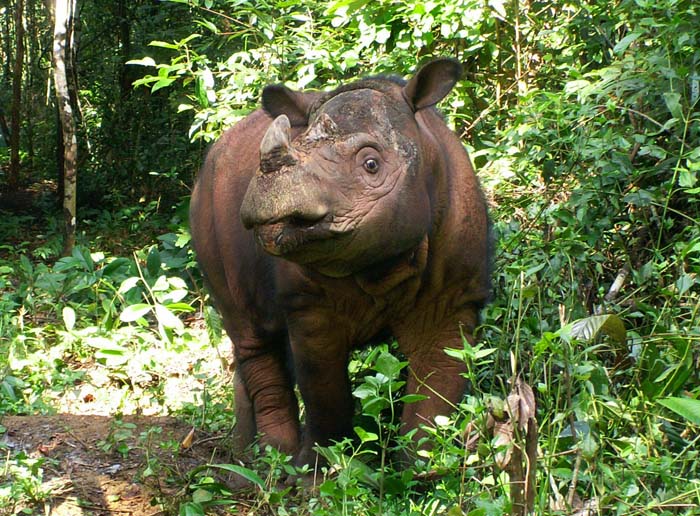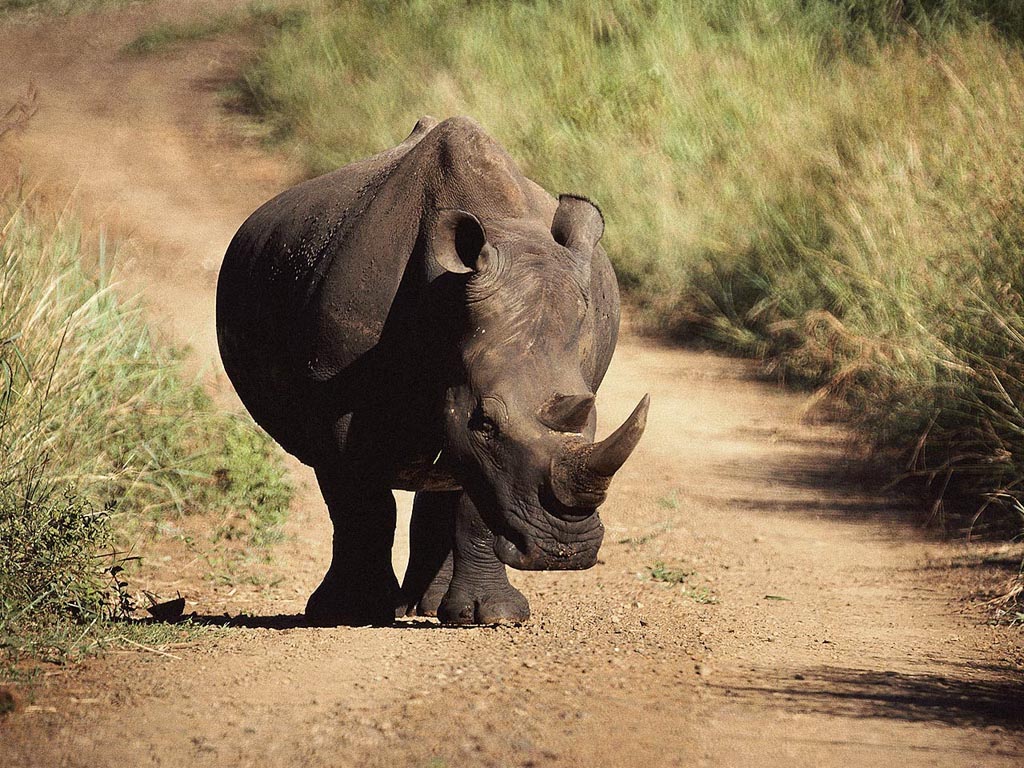

The Sumatran Rhino Rescue captures wild rhinos and relocates them into sanctuaries where scientists can assist them to safely reproduce. In 2018, the world’s leading conservation organizations, including the National Geographic Society, launched an alliance to save the species, in partnership with the Indonesian government. But despite these efforts, the global population continued to dwindle. Scientific breakthroughs led to the births of three calves at the Cincinnati Zoo in the early 2000s. Rhino Protection Units guard the regions in which they live to prevent further poaching, while attempts at captive breeding to rebuild their population continue. Legally protected across their range, Sumatran rhinos are also the focus of an extensive international cooperation program. Worse, if females go too long without mating, they can develop cysts and fibroids that make them infertile.

Those dwindling numbers mean they must travel farther than ever to find a mate and reproduce. Researchers estimate there are fewer than a hundred Sumatran rhinos left in the wild. Their numbers have decreased more than 70 percent in the past 20 years and, in 2019, they were declared extinct in the wild in Malaysia. Though poaching is what caused their numbers to plummet, isolation is now the biggest threat Sumatran rhinos face. The horn is also valued in the Middle East, Yemen especially, and North Africa as an ornamental dagger handle. Though they’re made of nothing more than keratin-the same material that makes up your fingernails and hair-rhino horn is believed to have medicinal uses in traditional Chinese medicine.

Sumatran rhinos' iconic horns have been their downfall.

The International Union for Conservation of Nature classifies the species as critically endangered. They communicate with whistling and whining noises, as well as by kicking around their dung. They’re decent swimmers, fast runners, and even adept climbers, getting up and down steep slopes with ease.
Javan rhinoceros biome skin#
This helps keep them cool and prevents their skin from cracking or drying out. By day, they can be found wallowing in ponds and other shallow, muddy waters. Like other rhinos, they have a keen sense of smell and sharp hearing, and they leave a network of scented trails throughout the forest in order to find one another. They also seek out salt licks and will visit their favorites every month or two. Their favorite foods include wild mangoes, bamboos, and figs. Sumatran rhinos are solitary creatures that feed on fruit, twigs, leaves, and shrubs. Now, however, the only remaining viable population lives in isolated pockets of Indonesia, mainly on the island of Sumatra. Sumatran rhinos once could be found throughout Southeast Asia, particularly in the dense mountain forests of Indonesia, Malaysia, Thailand, and Myanmar, as well as the foothills of the Himalayas in Bhutan. The front horn may grow up to 31 inches but is normally much smaller, while the posterior horn may grow up to three inches but is generally no more than a hump. The Sumatran rhino’s two horns are considerably smaller than those of their African relatives, the black rhinos and white rhinos. The hair helps keep mud caked to the body, which cools its skin and protects it from insects. The smallest of the five living rhino species, the Sumatran rhino’s hide is dark red-brown in color and covered with patches of short, dark, stiff hair. The two-horned Sumatran rhinoceros shares the bleak distinction of world’s most endangered rhino with its regional cousin, the Javan rhino, both species of which are listed as critically endangered. Current Population Trend: Decreasing What is the Sumatran rhinoceros?


 0 kommentar(er)
0 kommentar(er)
